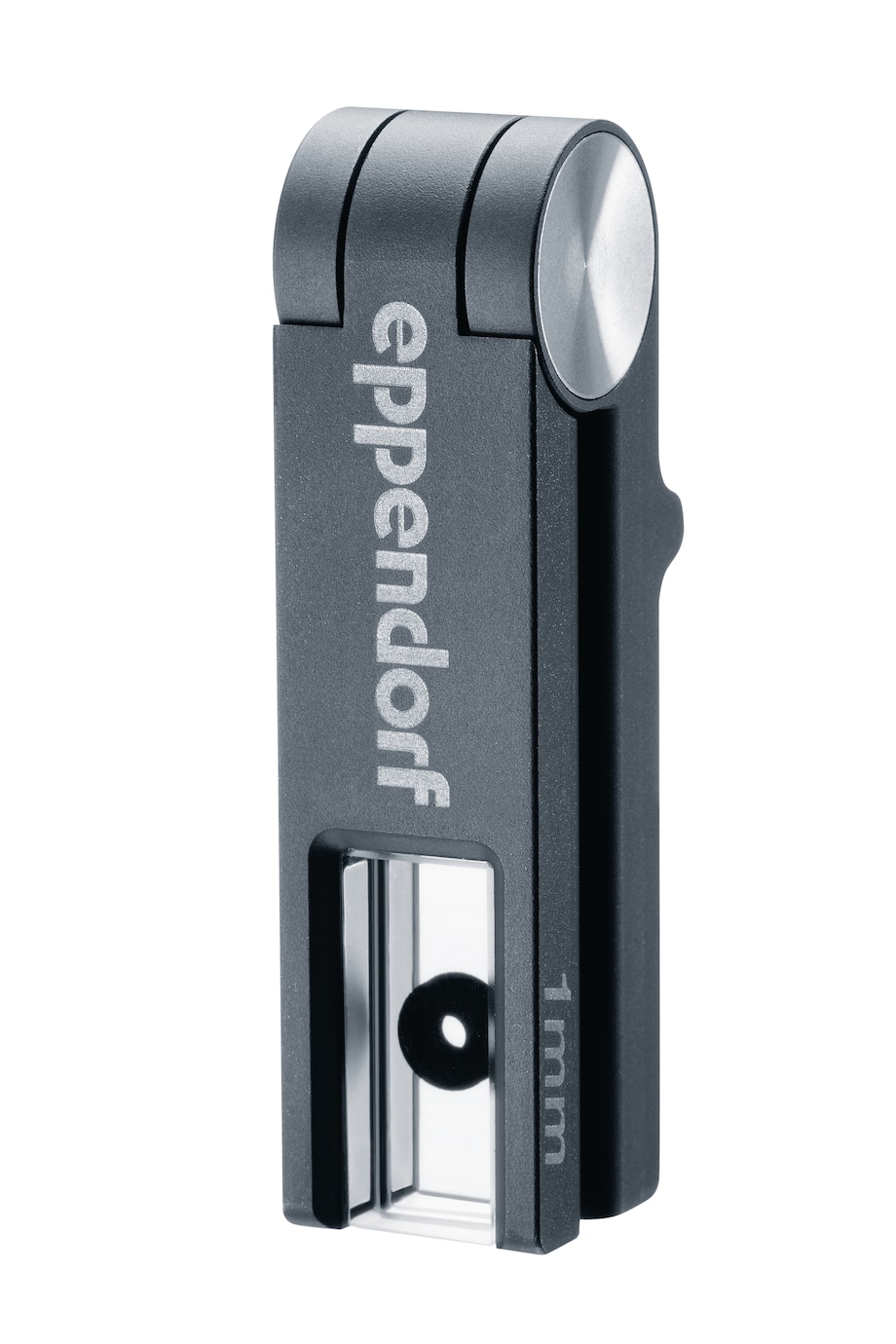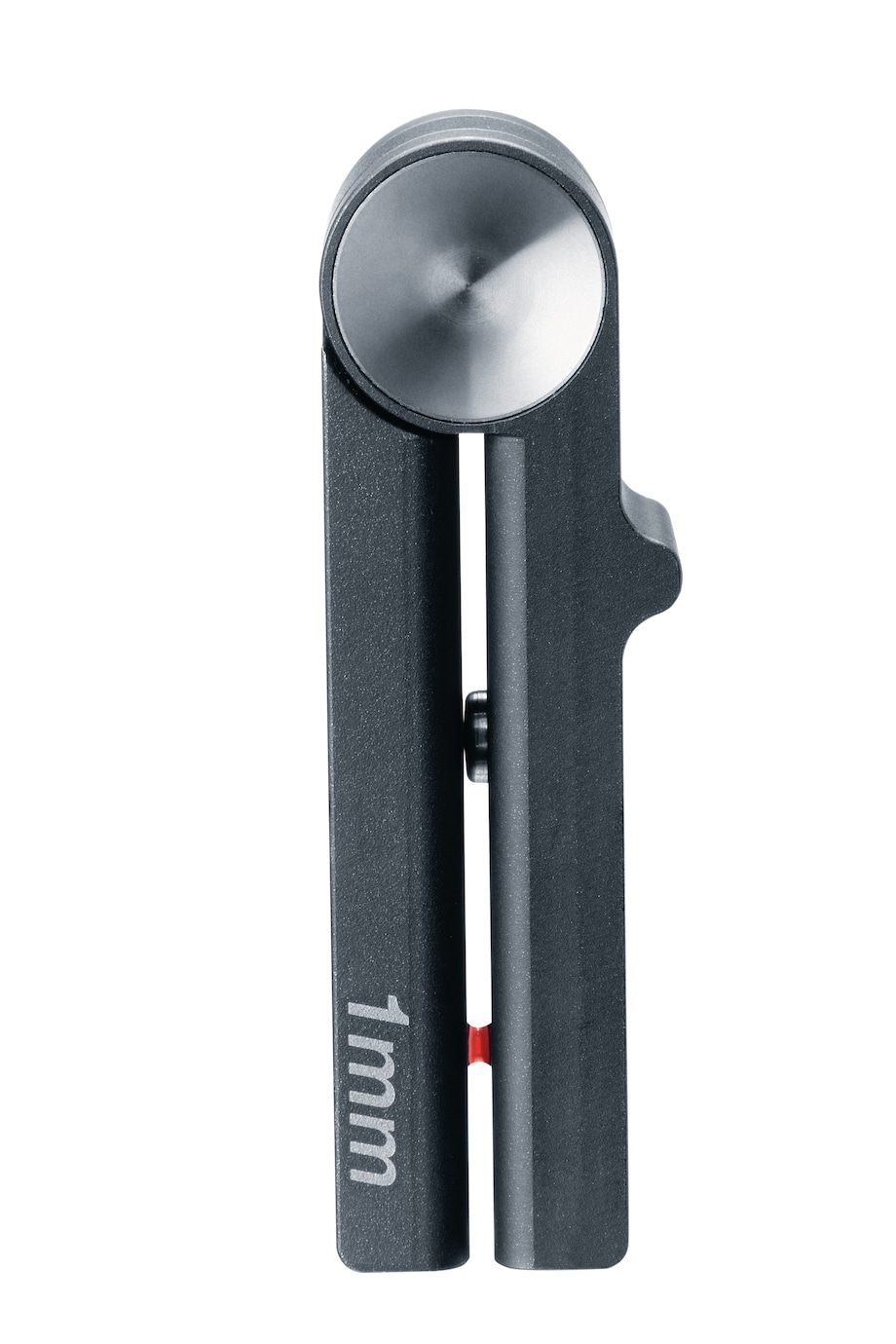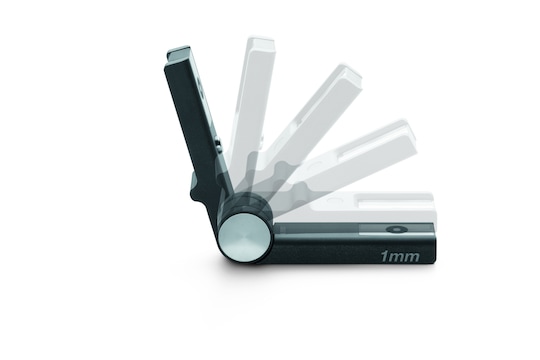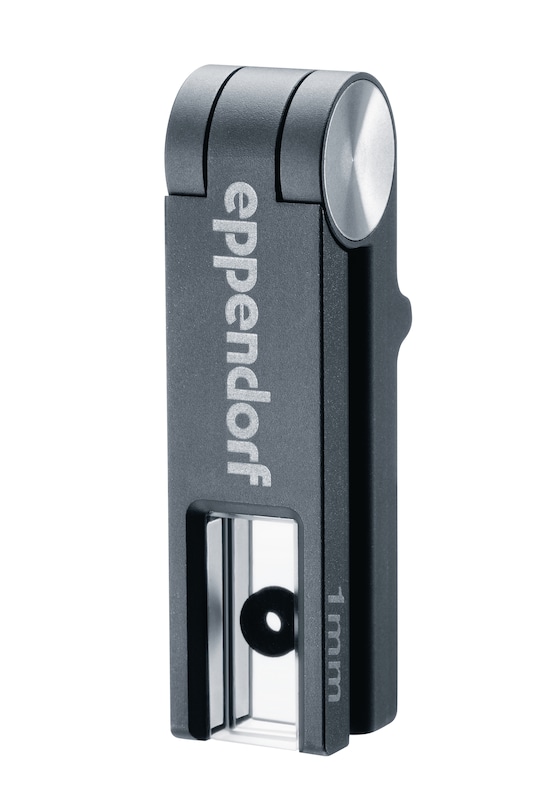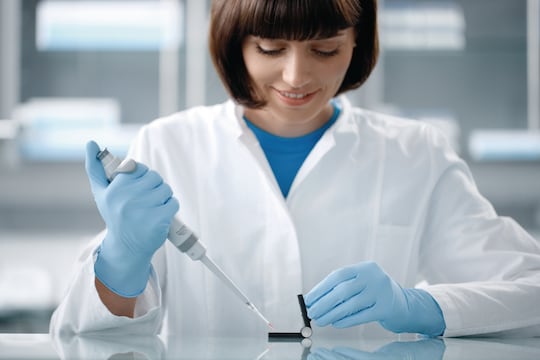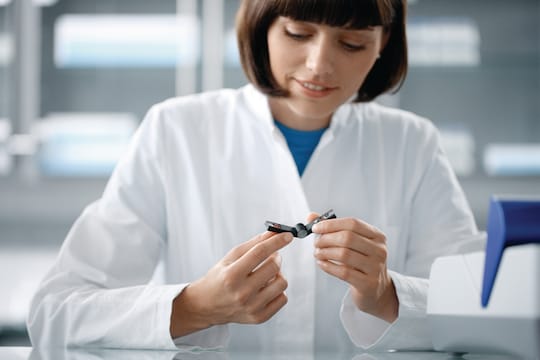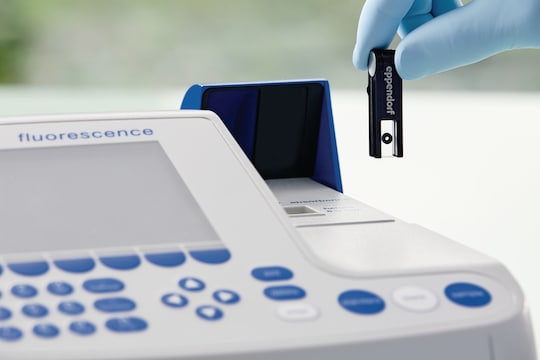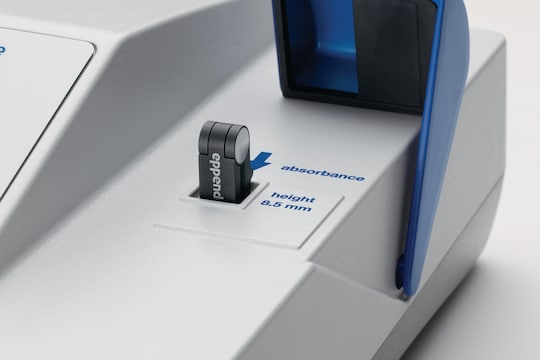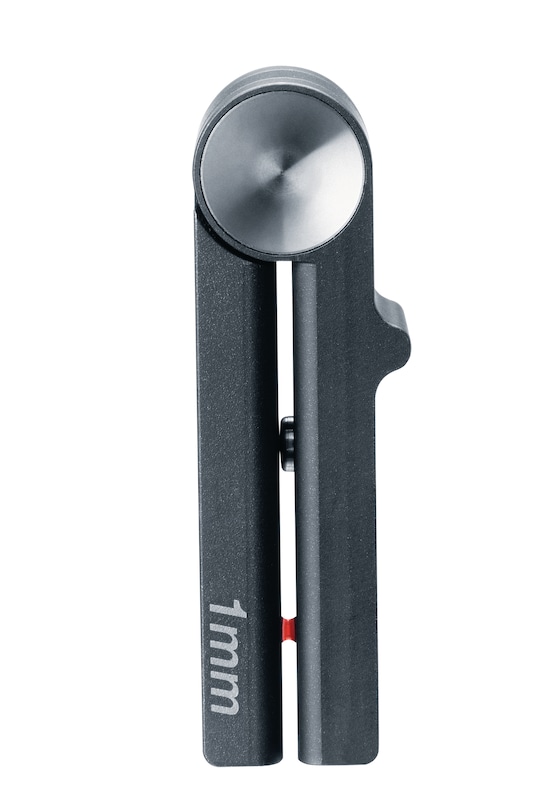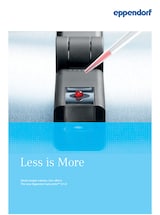MENU
HU | EUR
HU | EUR
-
- All Centrifuges
- Benchtop Centrifuges
- Floor-Standing Centrifuges
- Refrigerated Centrifuges
- Microcentrifuges
- Multipurpose Centrifuges
- High-Speed Centrifuges
- Ultracentrifuges
- Concentrator
- IVD Products
- High-Speed and Ultracentrifuge Consumables
- Centrifuge Tubes
- Centrifuge Plates
- Device Management Software
- Sample and Information Management
-
- All Pipettes, Dispensers & Automated Liquid Handlers
- Mechanical Pipettes
- Electronic Pipettes
- Multi-Channel Pipettes
- Positive Displacement Pipettes & Dispensers
- Pipette Tips
- Bottle-Top Dispensers
- Pipette Controllers
- Dispenser & Pipette Accessories
- Automated Pipetting
- Automation Consumables
- Automation Accessories
- Liquid Handler & Pipette Services
Sorry, we couldn't find anything on our website containing your search term.
Sorry, we couldn't find anything on our website containing your search term.
- Home
- Products
- Photometry
- Cuvettes
- Eppendorf µCuvette® G1.0
Eppendorf µCuvette® G1.0
µCuvette G1.0 mechanism
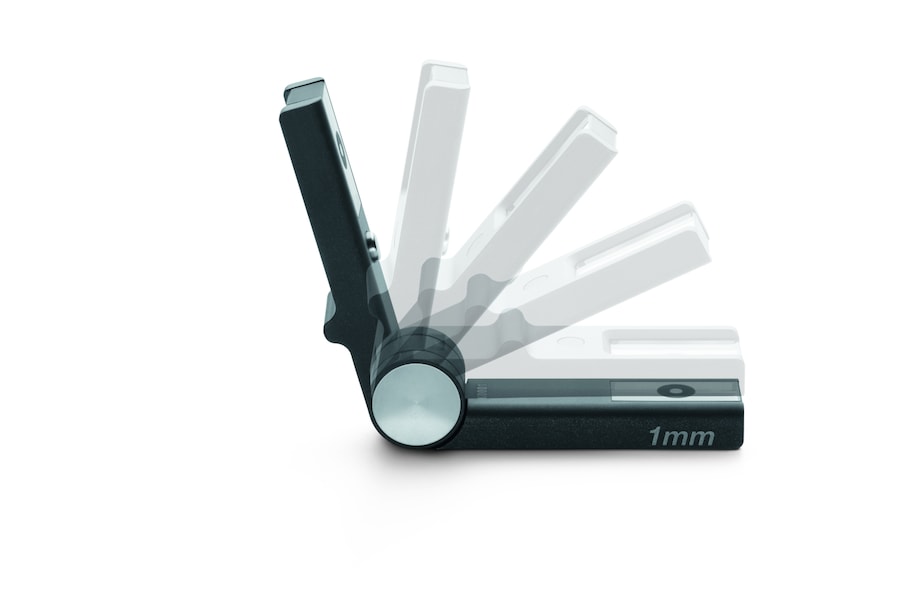
Eppendorf µCuvette®: Easy closing for easy handling
µCuvette G1.0, scientist filling
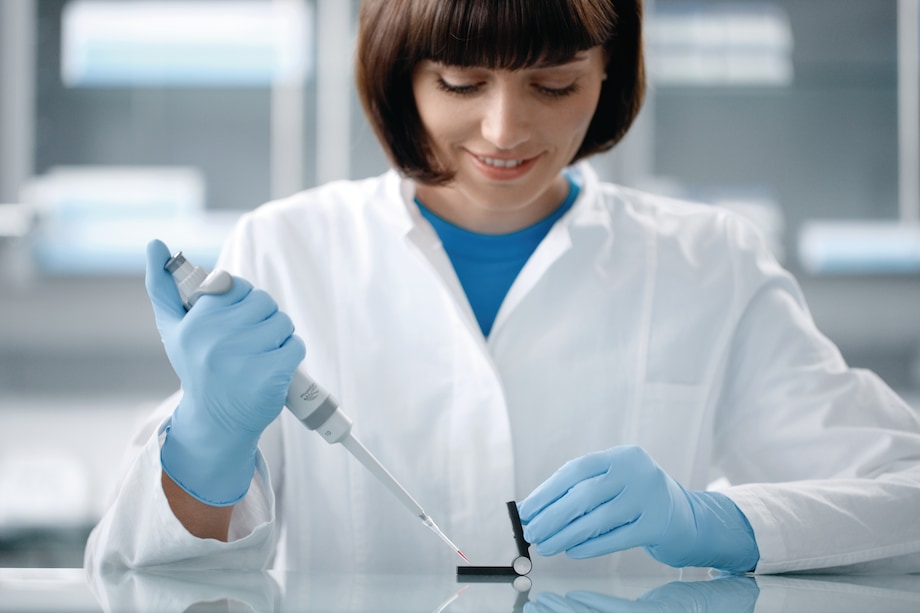
Eppendorf µCuvette®: Easy sample filling due to hydrophobic coating
µCuvette G1.0 Scientist closing
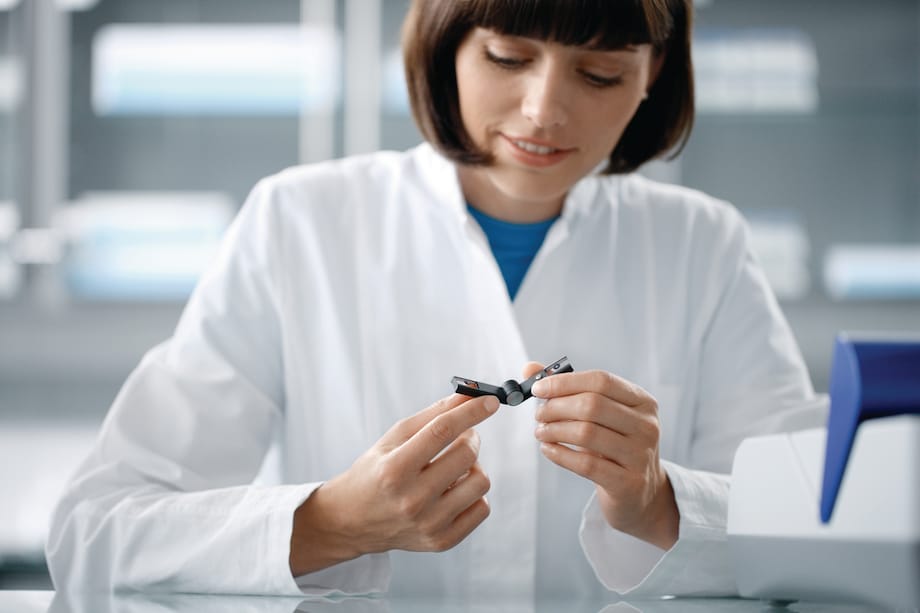
Eppendorf µCuvette®: Easy closing after filling your sample
µCuvette G1.0 in photometer
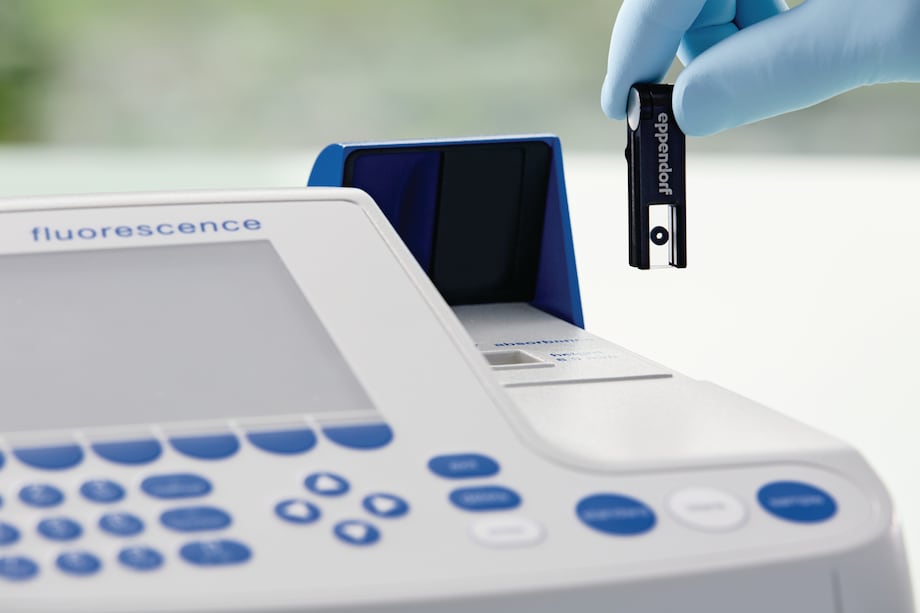
Eppendorf µCuvette®: Ready for reading
BioPhotometer D30 with µCuvette
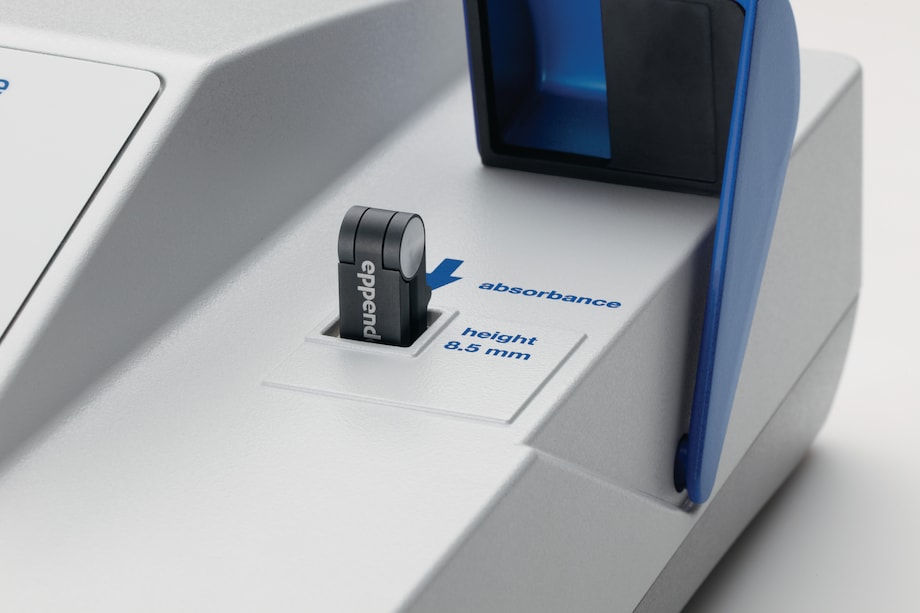
Eppendorf µCuvette®: Similar dimensions as classic cuvettes
Eppendorf BioSpectrometer fluorescence
Videos not loading, because cookies have been rejected. Change your

Product Information
One droplet is the limit?The µCuvette G1.0 is in your range: Only 1.5 µL of a sample is needed. The optical path length of only 1 mm enables a light path that is 10x shorter than the light path on standard cuvettes: Measure high nucleic acid and protein concentrations.
µCuvette closed
You will find additional download material at the bottom of this page
Products (1)
Accessories (2)
1 Products
Catalog no.
6138000018
|
Show more Products
Added to Your Cart
Product Information
Technical Data
Features
Product Information
The Eppendorf µCuvette G1.0 microvolume measuring cell is a high-quality cuvette made of aluminum and quartz glass. It is the perfect tool for measuring high concentrations in small volumes. With a fixed optical path length of only 1 mm, the µCuvette G1.0 features a light path that is ten times shorter than in standard cuvettes. This allows nucleic acid and protein concentrations to be measured with high reproducibility in a much higher concentration range without prior dilution.
Due to the hydrophobic coating on the quartz glass only 1.5 µL nucleic acid or 3 µL protein sample are required for precise formation of the liquid column. Self-absorption of the µCuvette G1.0 is very low, meaning that the entire measuring range of the photometer can be used. Furthermore, 5 µL of sample solution can be used for specific fluorometric assays saving reagent.
In general, the lower the concentration of a sample, the longer the optical path length should be. The same physical model (Beer´s Lambert Law) claims, if the concentration of a sample is very high, the light path length being used should be shortened to ensure enough light can pass through the sample to reach the detector. Microvolume measurements with light path lengths equal or shorter than 1mm are recommended for concentrations above 25 ng/µL dsDNA. If you are not sure which cuvette is the right solution for your sample, please visit our “About Detection” overview and check with the Cuvette Navigator. Please notice that the BioSpectrometers and BioPhotometers both accommodate standard cuvettes and the µCuvette G1.0. Thus, Eppendorf provides the flexibility of choosing the optimal light path length to detect a wide variety of sample concentrations!
Due to the hydrophobic coating on the quartz glass only 1.5 µL nucleic acid or 3 µL protein sample are required for precise formation of the liquid column. Self-absorption of the µCuvette G1.0 is very low, meaning that the entire measuring range of the photometer can be used. Furthermore, 5 µL of sample solution can be used for specific fluorometric assays saving reagent.
In general, the lower the concentration of a sample, the longer the optical path length should be. The same physical model (Beer´s Lambert Law) claims, if the concentration of a sample is very high, the light path length being used should be shortened to ensure enough light can pass through the sample to reach the detector. Microvolume measurements with light path lengths equal or shorter than 1mm are recommended for concentrations above 25 ng/µL dsDNA. If you are not sure which cuvette is the right solution for your sample, please visit our “About Detection” overview and check with the Cuvette Navigator. Please notice that the BioSpectrometers and BioPhotometers both accommodate standard cuvettes and the µCuvette G1.0. Thus, Eppendorf provides the flexibility of choosing the optimal light path length to detect a wide variety of sample concentrations!
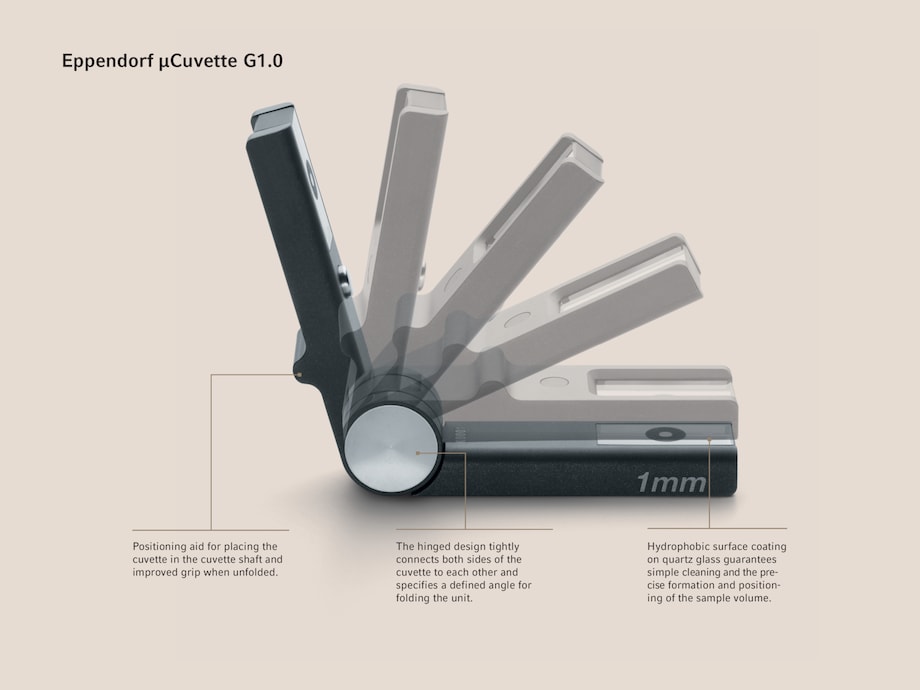
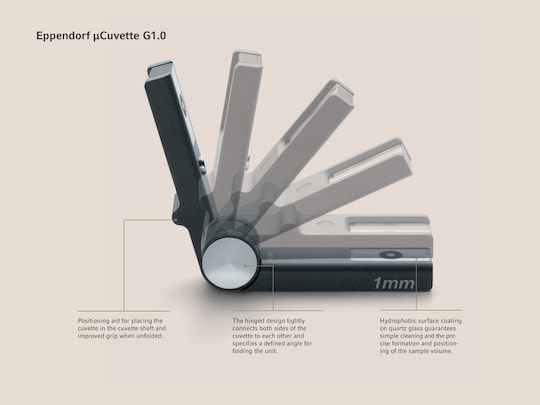
Concentrations
Determining concentration via extinction factor and light path length is commonly performed in a cuvette format. In the case of standard cuvettes, the path length is determined by the width of the cuvette because the light beam travels through the cuvette horizontally. When using the µCuvette G1.0, the distance between the upper and the lower portion of the cuvette determine the path length. Thus, the measurements and the calculations can be performed identical to those in standard cuvettes. Once set in the parameters, the software automatically utilizes the right light path length when calculating concentrations.
A defined angle for opening and closing the cuvette allows for easy and reproducible handling. Furthermore, the hydrophobic surface coating on the quartz glass guarantees simple cleaning, precise sample positioning and stable formation of the liquid column.


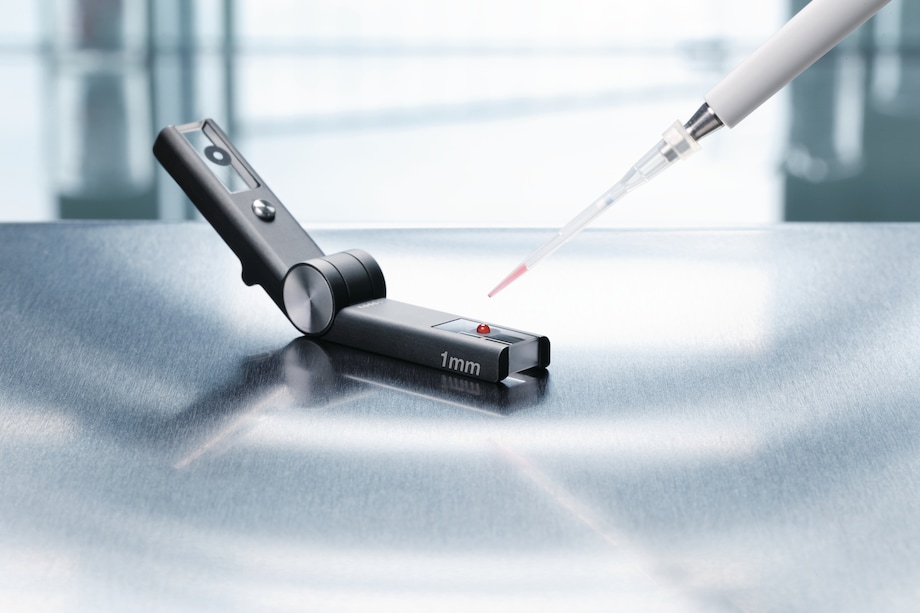
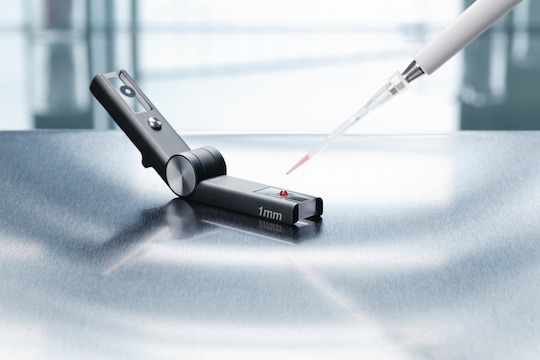
Easy loading
The Eppendorf µCuvette G1.0 can easily filled by pipetting the sample solution into the circle.


Read More
Read Less
Technical Data
| Specifications | Eppendorf µCuvette® G1.0 |
|---|
| Dimensions (W × D × H) | 12,5 × 12,5 × 48 mm |
| Colorimetric protein assays | yes |
| Fluorescence measurements | yes |
| Light transmission | 180 nm – 2,000 nm |
| Maximum filling volume | 10 µL |
| Height of light source | 8.5 mm |
| Use in Eppendorf BioPhotometer® | yes |
| Use in Eppendorf BioSpectrometer® | yes |
| OD 600 methods | no |
| Temperature control | no |
| Sample light path length (mm) | 1 mm |
| Cuvette blank | ≤0.05 A at 260 nm |
| Material | quartz glass (with hydrophobic coating) |
| dsDNA concentration range (UV 260 nm) | 25 ng/µL – 1,500 ng/µL |
| BSA concentration range (UV 280 nm) | 758 ng/µL – 45,450 ng/µL |
|
Minimum filling volume |
|
| in Eppendorf photometers | 1.5 µL |
Features
- Microvolume measuring cell for measuring 1.5 – 10 µL sample volumes
- Concentration determination of nucleic acids and proteins, amongst other target analytes
- Measurement of highly concentrated samples without prior dilution
- Suitable for fluorescence assays
- Low self-absorption (≤0.05 A at 260 nm)
- Hydrophobic surface coating on quartz glass for precise formation and positioning of the sample volume
- Simple cleaning to minimize the risk of sample carry-over
- A defined angle for folding the sides of the cuvette guarantees reproducible handling
- One-component hinged design prevents the loss of individual parts
- Exclusively available for use with Eppendorf BioPhotometer and Eppendorf BioSpectrometer
Downloads: Eppendorf µCuvette® G1.0
You might also consider

